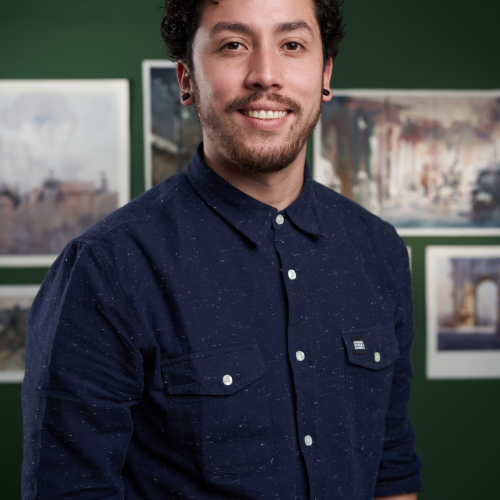
An enjoyable stay in the pride of the Atlantic ocean side
1 to 8 September 2024
Description of artistic techniques:
Ever wanted to master light, color, and atmosphere in your watercolor creations? Discover how to do just that with Gonzalo "Chalo" Ibáñez, an expert watercolorist specializing in landscapes and plein-air painting. With Chalo as your instructor, you will be able to train methodologies focused on improving your watercolor painting in a solid and enjoyable way. Join this journey through Morocco, learn to observe light and color all around you and capture them on your canvas.
List of
materials that I recommend for plein-air and inside painting
The basic materials are a suggestion, I
propose here that I will use during the workshop in order to achieve uniformity
in the results. However, everyone can bring the materials they can access and
it will not affect the development of the workshop.
1.
Paper: Watercolor block of 36x26cm minimum,
ideal 31x41cm or half sheet sheets (35x50cm approx). Cotton 100% 300 g/m2 (or
200 g/m2 minimum for a watercolor sketchbook). If you have sheets, I recommend
masking tape and a rigid board to stick the sheet.
2.
Colors: I recommend Schmincke as a guide, but you can
use the watercolors of your choice as long as they are of semi-professional
quality or better. Not college-quality watercolors. The colors can be in pans
or tubes. The basics colors are: 213 Chrome yellow deep, 494 Ultramarine
finest, 354 Madder red dark, 474 Manganese violet, 519 Phthalo green, 214
Chromium orange, 661 Burnt sienna, 649 English Venetian red, 787 Payne's grey
bluish. It is important to have a palette to mix the colors.
3. Brush:
- Big areas brush, as a guide, I
recommend Da Vinci petit gris pur 418 series n°6 and hake watercolor brush 40mm
(Herend as a guide).
- Medium areas brush, Da Vinci petit
gris pur 418 series n°5-4 or Da Vinci Casaneo n°4.
- Detail brush, Da Vinci Casaneo n°2 or
generic synthetic round brush n°10. If possible add a rigger brush.
For plein-air painting consider using a fine water spray to moisten the paper, a container for water, an easel or board to paint outside, and plenty of sunscreen! Also do not forget your drawing materials such as a 2B or 4B graphite pencil and a soft eraser.
v-In case of withdrawal by a participant within 90 days of commencement of the workshop, the amount already paid will not be refunded.
v-In case of cancellation of the trip by the organisers, a new date will be proposed. Any participant who cannot avail of the new date will be fully refunded of the sum already paid.
v-In the event the organisers cancel the trip with no alternative date proposed, all sums paid by the participant will be fully refunded.
Essaouira
Essaouira gained UNESCO status thanks to it being a prime example of an 18th-century fortified town. The city walls are an incredible reminder of its past, the medina inside still very much a part of its present. The harbor is chock full of traditional fishermen's boats, and you'll catch them (the fishermen—not the boats) hauling in their catch or mending their nets on the regular. The entire port is ridiculously picturesque, in that gritty, nostalgic kind of way. To get into Essaouira's history, carve out ample time in your itinerary to just wander. You likely won't get too lost—the streets are linked in such a way that you're never too far from the main thoroughfare running through its center, the spine of the medina. It stretches from the North Gate, Bab Doukkala, all the way to Place Moulay Hassan, by the waterfront. Little sandstone passageways, grand stone gates, pungent stalls selling everything from mint tea and colorful silks to live chickens; there's no better way to ingratiate yourself with the city. And once you reach the harbor, don't shy away from being social. Small blue and white gargottes are selling the fresh catch of the day, and the fishermen will quite likely fight over your patronage. You can also sample oysters down here. Back in the citadel, also consider walking up. You pay a nominal fee to go up the ramparts, where you'll catch a view of the harbor and Île de Mogador from above. This is an excellent spot to catch the sunset, by the way.Gallery Photos :
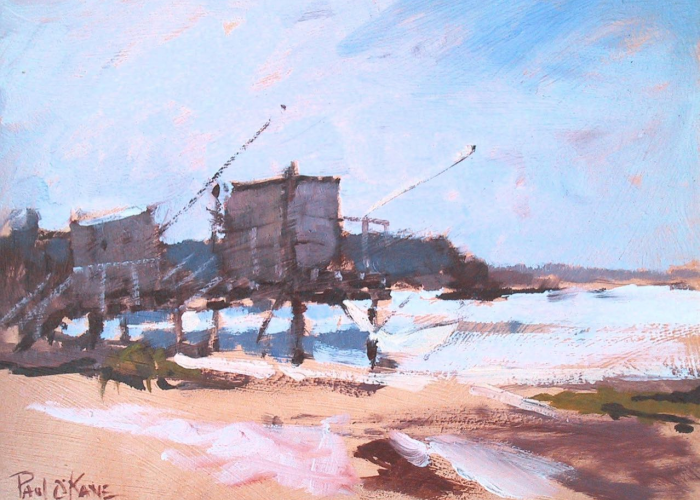
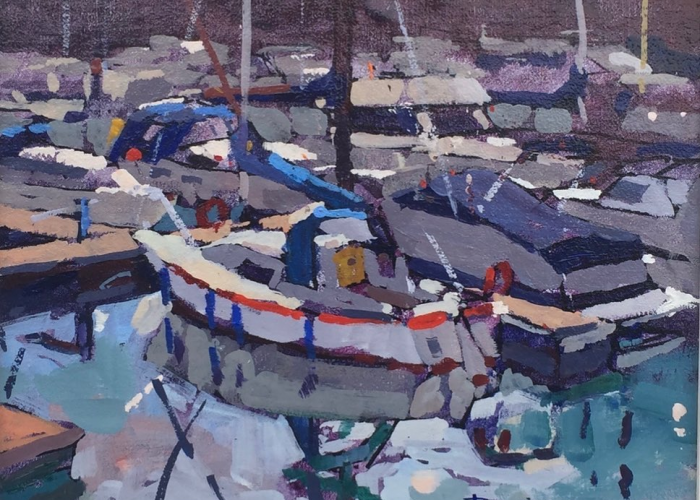
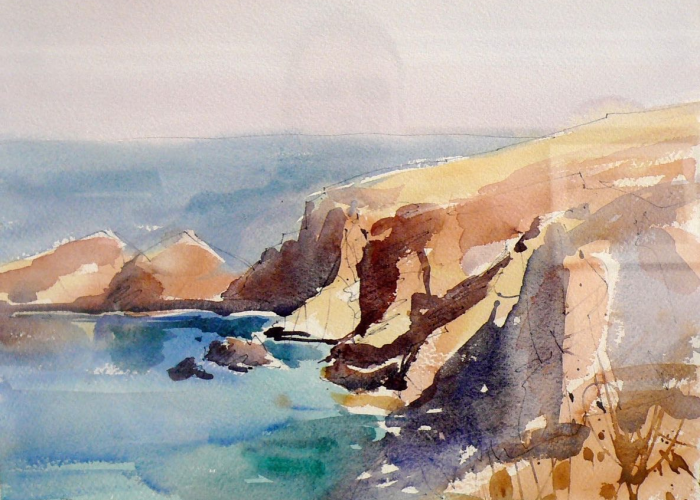
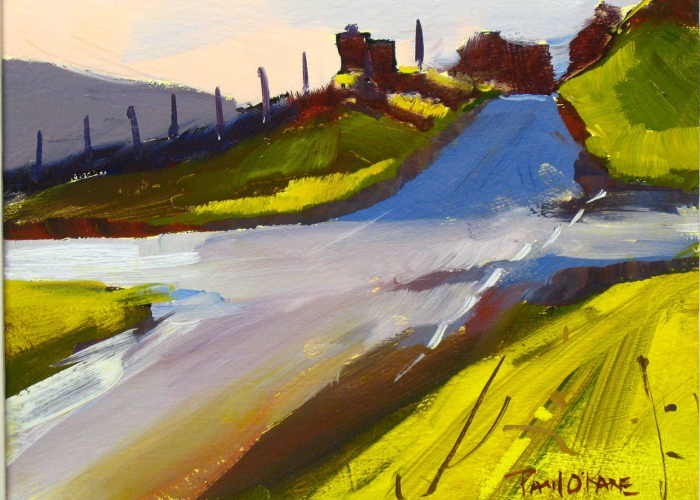
Good To Know
Travelers from the US only are required to have a valid US Passport – but it must NOT be due to expire within 6 months of your return flight.
Your flight destination will be Marrakech Menara International Airport (RAK) / Casablanca Mohammed V International Airport. Royal Air Maroc is the only airline that has direct flights from the US to Morocco, from both JFK and Washington Dulles.
You can also book flights traveling through major European airports, as there are many connecting flights to Marrakech through economy airlines such as Ryan Air, Easyjet, Iberia, etc. We’ve found that it is easier to find good connecting flights on the way to Marrakech than on the return, but you can take the opportunity to end your trip with a day or two stop in Spain, France, Portugal, England….
Immunizations are not required or necessary but check here for CDC recommendations.
Weather is predictably unpredictable so be sure to check on the estimated conditions the week before you travel. Even though Marrakech can be quite warm by day, it is usually quite cooler at night so pack light clothes that you can layer. We recommend cotton pants, long skirts, wraps or large scarves over tank and tee shirts, and a sweater or light jacket for chilly nights.
Your most important fashion asset: comfortable shoes for traversing the Medina on sightseeing and shopping adventures!
Morocco is a Muslim country and women generally dress more modestly than in the US or Europe. Like elsewhere, dress codes are gradually becoming more lax and there is a lot of tolerance for tourists, but wearing clothing that covers your best “assets”, and that your grandmother would approve of, shows cultural respect, good taste, and common sense.
The currency here is the Moroccan Dirham, and the exchange rate usually hovers these days around 10 Dirhams/1 Dollar. You CANNOT exchange for Dirhams outside of Morocco, but there are several currency exchange booths in the airport when you exit Passport Control and also located all around the Medina. Larger stores and restaurants may take Euros, but it’s really best to have dirhams.
If you bring large bills ($100) to exchange be sure that they are newer bills with holograms. Otherwise they will slide them back to you with a shake of their head.
Another good option for padding your wallet with dirhams is to use the ATM machines which are located around the medina. The exchange rate is a little better, especially if your bank or credit card doesn’t add foreign transaction fees (some homework for you). Be sure to notify your bank of your foreign travel destination so they don’t flag you for fraud. I also recommend that you bring 2 or 3 cards-just in case you still get flagged (happens!) and find too many things you just can’t live without.
- Free Wifi access in all rooms and common areas
- Bedside Mineral Water
- Hair Dryers
- One-time complimentary laundry service for retreat weeks
Extra items you should pack:
- European Plug adapters
- Electricity Converter for hair appliances (cellphones and computers generally have built-in converters)
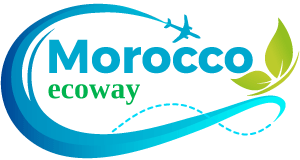
Comments (0)